
Most sites don’t fail because PPE is missing. They fail because PPE is purchased as a generic list—not built around real hazards, task triggers, and compatibility. Gear gets removed for comfort, conflicts with other PPE, or rules are unclear at the point of use.
This guide helps supervisors and safety managers build a site-ready PPE kit. You’ll get a hazard-to-PPE matrix, a compatibility checklist, a 5-minute audit scorecard, and an RFQ template you can standardize across crews.
Use the matrix below to map hazards to PPE quickly, then standardize models so items work together. Build your base kit first, and add task-specific items (e.g., fall protection) only where the job requires it.
This is the base kit that covers most hazards across industrial and construction work. The goal is not variety—it’s consistent wear, compatibility, and auditability.
Hearing protection works best when the site defines simple rules: what’s required in noisy zones, and when tasks trigger an upgrade.
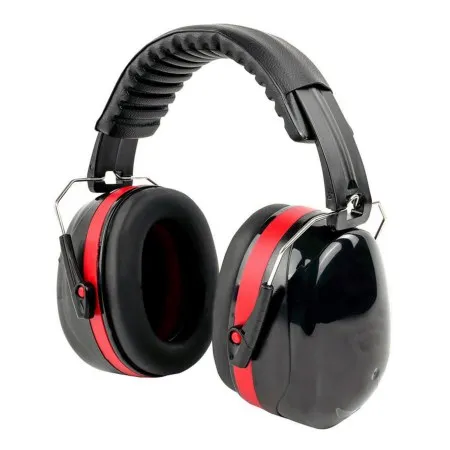
Standardize eye protection around comfort and fog control, then confirm it stays compatible with hearing and head protection.

Head protection choices often determine whether hearing and eye protection can be worn correctly at the same time.
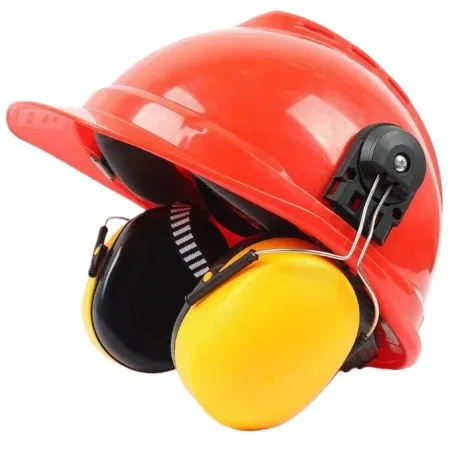
Boot selection should match the surface and debris profile workers actually walk through every day.

Gloves only work when they match the task. If dexterity or grip is lost, gloves get removed.
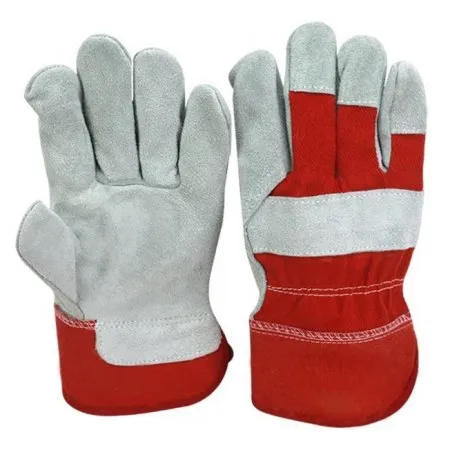
Hi-vis is not “present or absent.” It has to remain visible in real conditions (dust, dirt, wear).
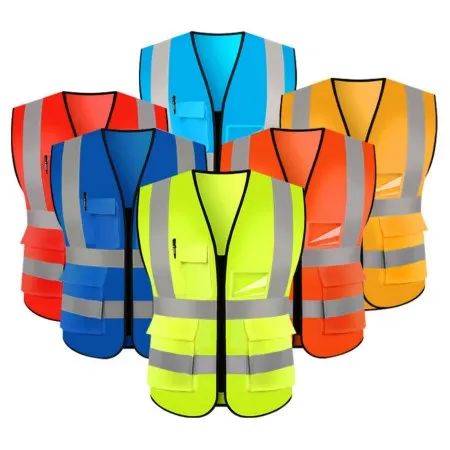
Even high-quality PPE fails if the combination doesn’t work. This checklist helps you standardize approved setups and validate them quickly in the field.
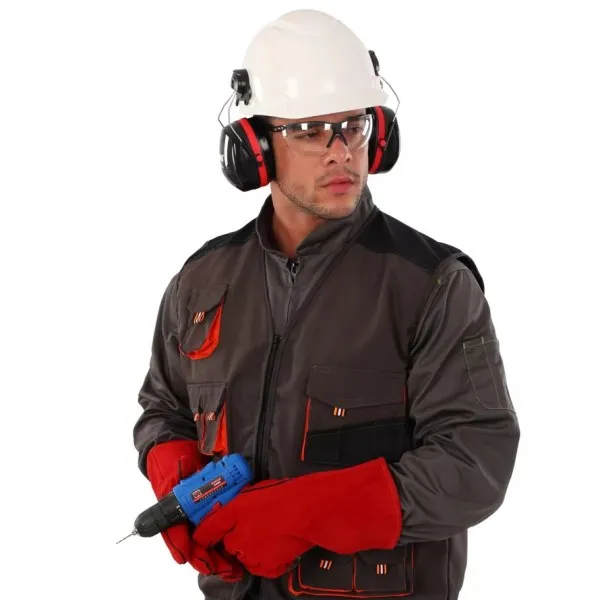
Use simple task triggers so upgrades happen automatically when they should.
These rules prevent the most common real-world failures.
Use this during a weekly walkthrough to turn observations into corrective actions.
How to use: Mark 1 if the standard is met, 0 if not. Total your score and assign one corrective action per “0”.
Purchase PPE as a system, not individual SKUs. Use these RFQ fields:

Buy PPE as a system. Compatibility and standardization drive real-world compliance.
Removal during work due to discomfort, fogging, poor fit, or incompatibility with other PPE.
Standardize hand signals and radio call protocols and train them as part of the task.
Approve eyewear models that maintain a seal and validate with quick fit checks.
Use a weekly 5-minute walkthrough scorecard focused on wear, compatibility, condition, and task alignment.